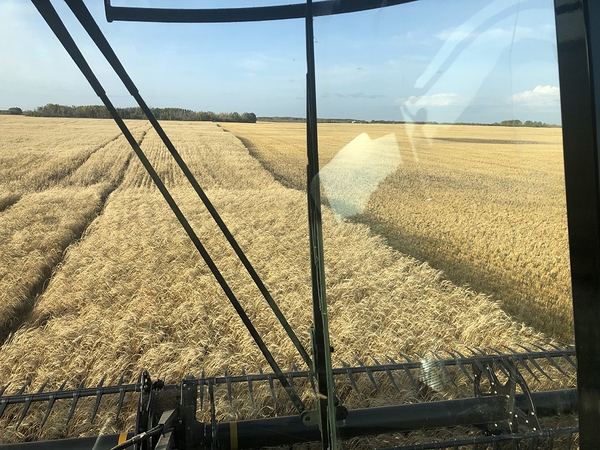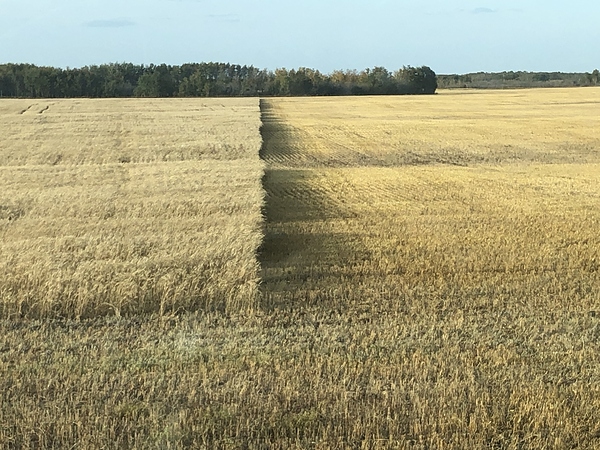Ok the bare minimum to make it work without PC has arrived, and Oh Boy Oh Boy what fun.
Here is the inside of what i like to call the “Back to the Future Box” Taking GNSS NMEA and stripping extra sentences and converting to GPS NMEA in real time.
I was not 100% sure everything was going to go well with testing so the external GPS is zip tied to the tractor ROPS. The first time i plugged in the Emlid M2 on the tractor it refused to work. I find that it is not so much the length of the cable, or the power source (though 2A or greater helps), but the wire size inside the USB cable that causes the M2 to stall on an orange light at startup. I still have a 12v to USB power supply and strain reliefs coming to tidy the GPS enclosure up a bit. As well as some cables to permanently mount the Lora and GPS antenna with more separation.
Here is the solar powered base station, still waiting on cables. Not the most ideal mounting place with the lora and M2 zip tied to the solar panel. It was 31C out and no issues with overheating. Even in a yard full of buildings and trees and elevation changes the Lora never dropped once. Had GPS, Glonass, Galileo, and Beidou all set to 1hz; ARP Coordinates at 0.1Hz. I plan on taking the rover for a drive soon to see how far I can be away from the Base station .
Waiting on magnetic mounts, so taped a Bic Pen to the old WAAS antenna base, then taped the Tallysman to it, and wrapped a rag around it for support. This setup looked horrible but worked pretty good. I had to completely re-tune the old Trimble 150, at first it was swerving everywhere uncontrollably. Soon got it down to +/- 2 inches driving.
Out in the open there is no shortage of signal at all. The M2 never dropped the fix under normal field conditions, even right beside tall trees on one side. Driving under tree canopy to get to the lawn it would loose fix but immediately recover once out in the open again. Very impressed. Way better than L1 WAAS, was lucky to get 8 satellites, and had a 10min correction warmup.
Trying to get the max driving accuracy I tried something most farmers up this far north will never do, move the antenna from the top of the cab to the nose of the tractor. The cantilever tractor canopy also shakes pretty bad so I thought this would gain some repeatability. To my surprise it barely affected the number of satellites detected way to go Tallysman Helical on the M2! On another field tuned the Trimble 150 driving accuracy down to +/- 1 inch!!! But it was leaving 1/2" strips every once and a while with the Trimble set to 2" overlap. I lifted the 72" mower to measure the blades and it was actually 70.5" wide blade tip to blade tip. Staring at 1"…0"…0"…1" for an hour I switched everything to metric for more measurement resolution.
This is the worst area for GPS ever tall trees to the North, South, East and West. Plus the road slopes up about 12’ on the south side where I am standing. L1 WAAS on only two occasions could only very briefly hold a line in the middle. The M2 only went to float here twice and wandered a little, but I found that you have to wait a few seconds on either open end or the Trimble would oscillate at the start of the swath. I think its safe to say the 15 year old Ez Guide 150 chimera is a success at +/- 2cm steering accuracy. By the time that steering shift makes it back 3 meters to the implement it is basically 1cm or less.
This fall I will also be testing this system on a large 4WD tractor Discing and also a Swather running Ez Guide 150’s. Still working on Integrating this box to talk TSIP for the Trimble 250 and 500.
I want to mount the Tallysman to a small Ardupilot vibration isolation platform and test for improvements. As well as give the whole system a bit more polish as the parts arrive.
In conclusion was it worth it? Yes totally. But I do not recommend unless your really good at tuning control loops, the steering setup of the Ez guide 150 is not the most user friendly.
Emlid M2 really can make if feasible and affordable to upgrade your older L1 GPS system, to modern L1/L2 GNSS.




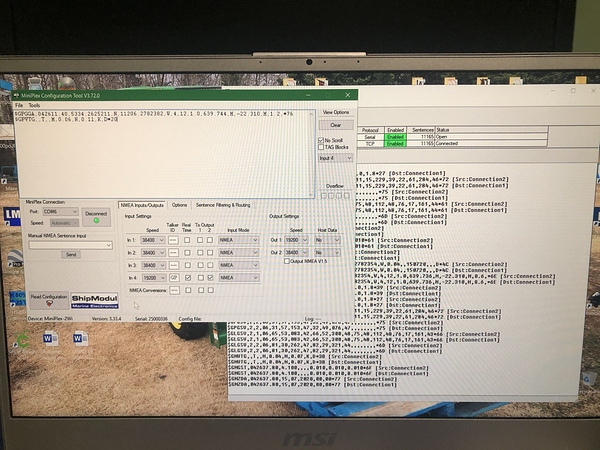




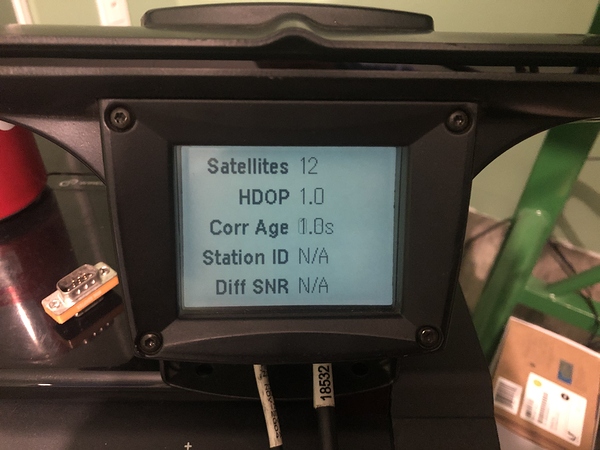




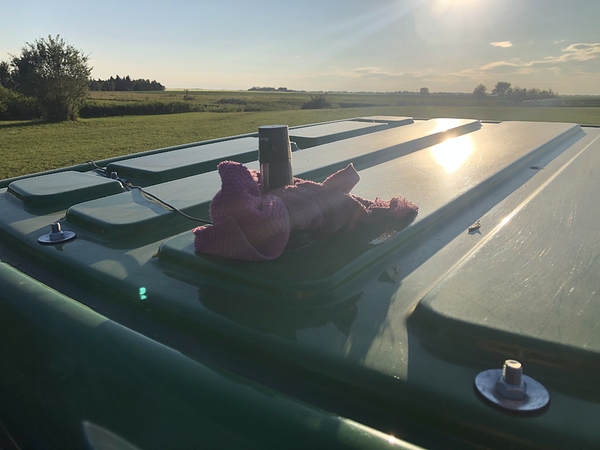
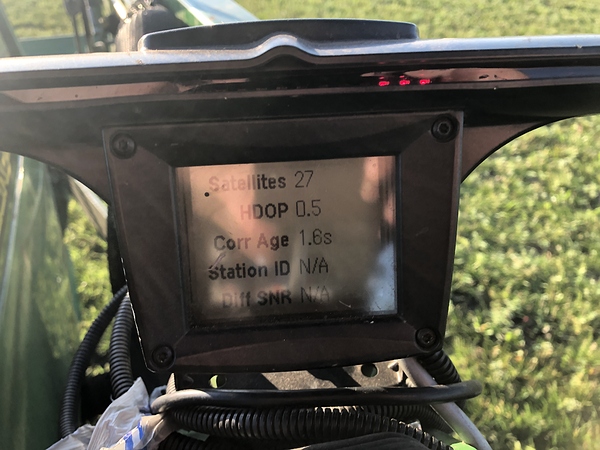

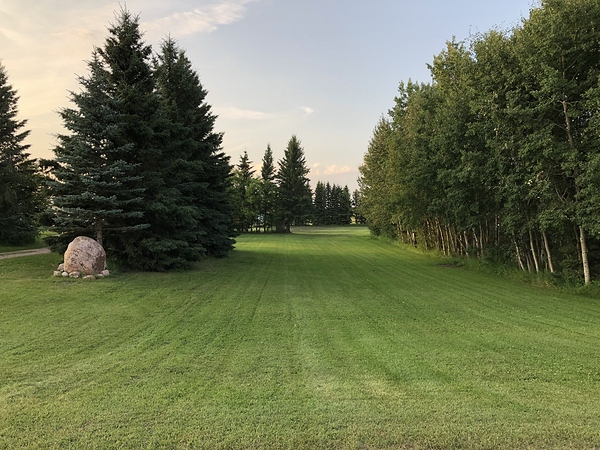
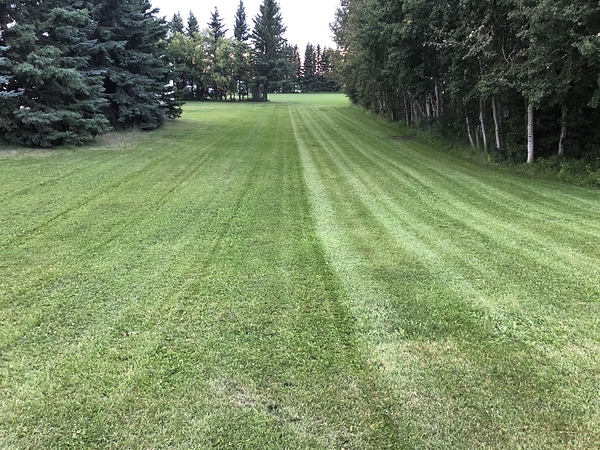


 It’s always a pleasure to know how our users incorporate our devices for their needs!
It’s always a pleasure to know how our users incorporate our devices for their needs!

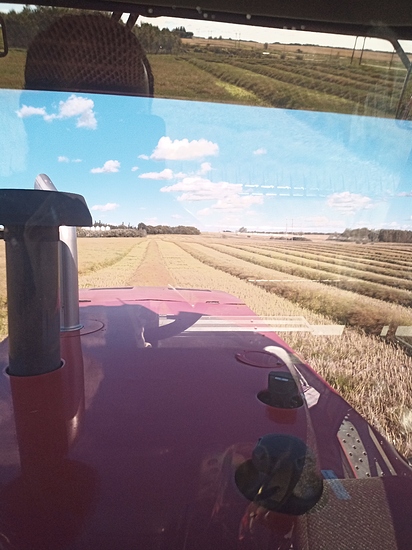



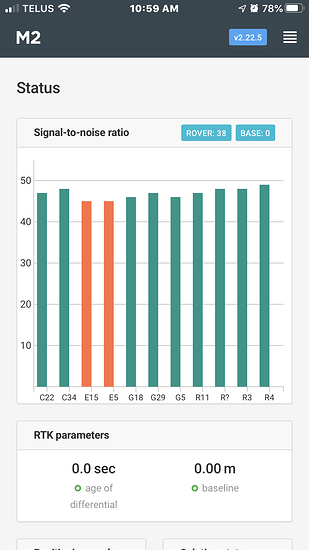
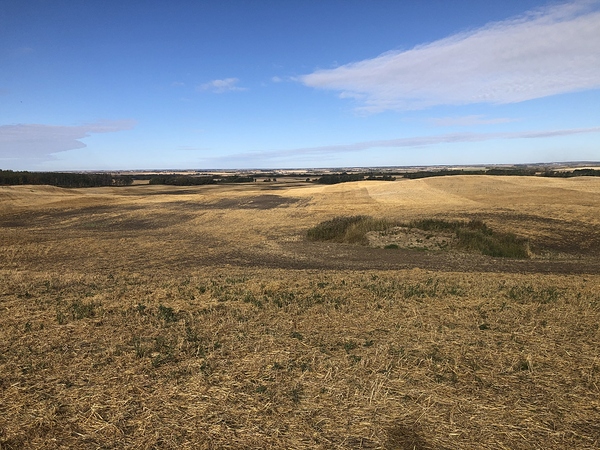

 my mind was blown. Also they did not have to remark or nudge the line even without the corrections. With WAAS you are doing this constantly each pass. Both the farmer and his Father were very impressed by the Emlid systems performance. I think the Emlid really has a quality algorithm for computing position even before corrections are applied.
my mind was blown. Also they did not have to remark or nudge the line even without the corrections. With WAAS you are doing this constantly each pass. Both the farmer and his Father were very impressed by the Emlid systems performance. I think the Emlid really has a quality algorithm for computing position even before corrections are applied.

